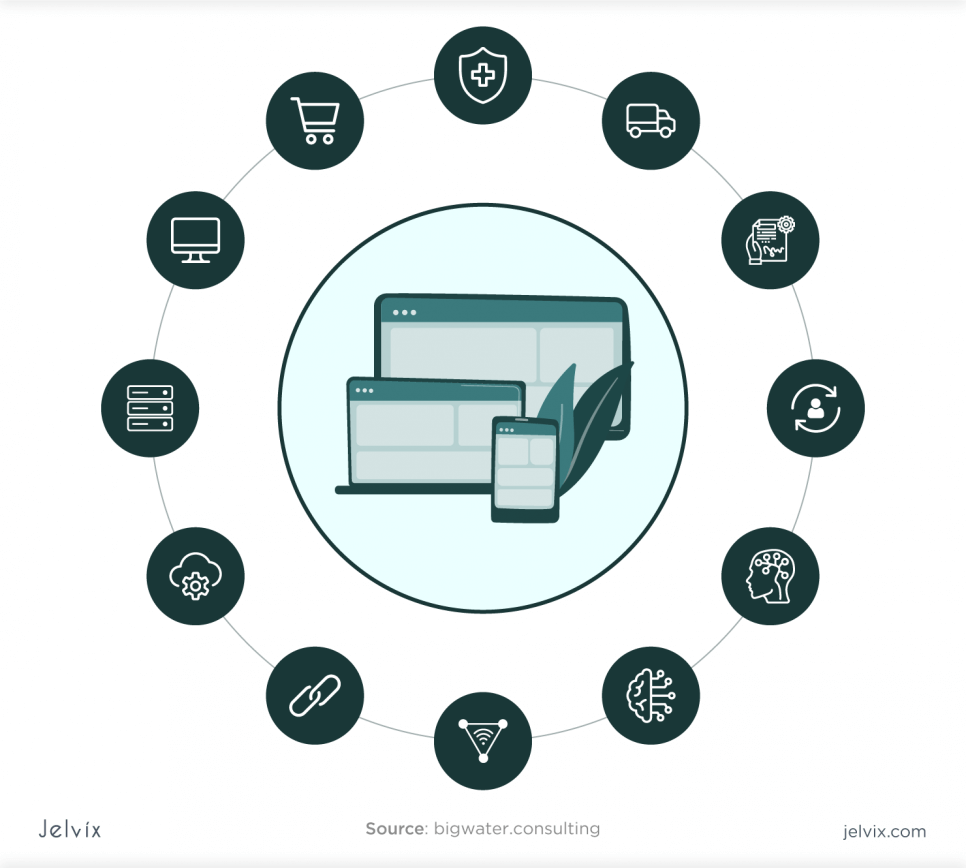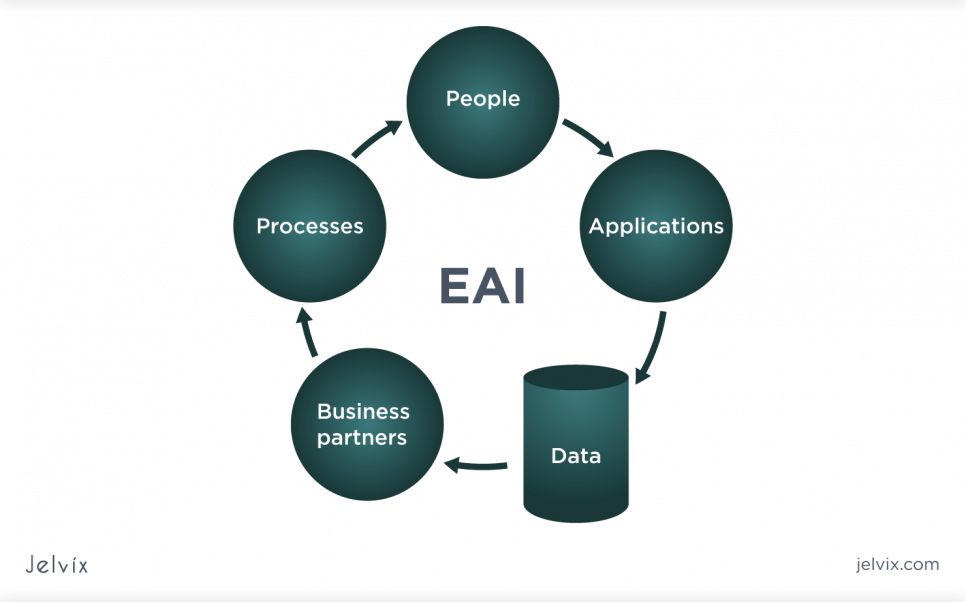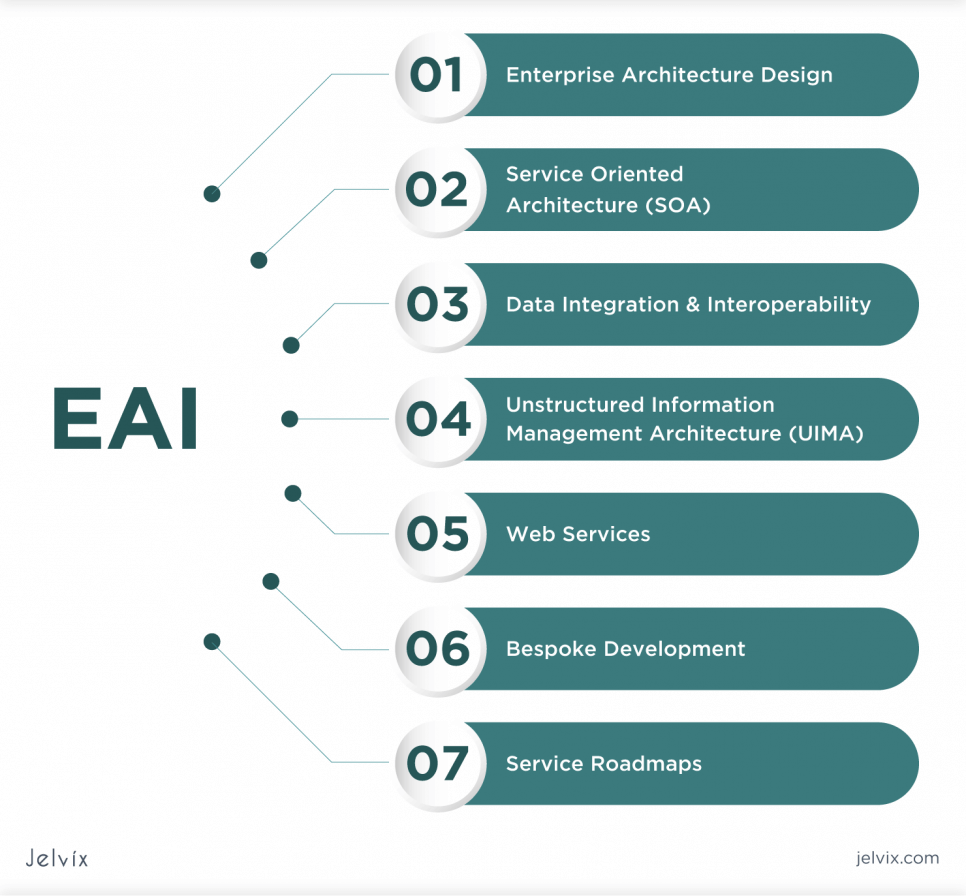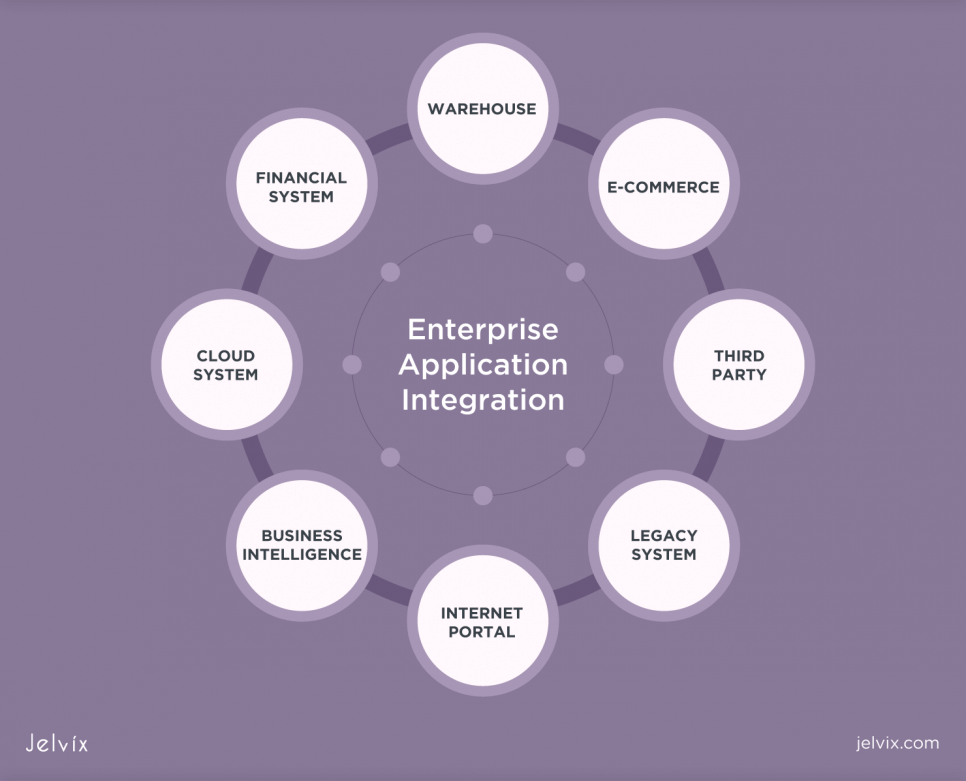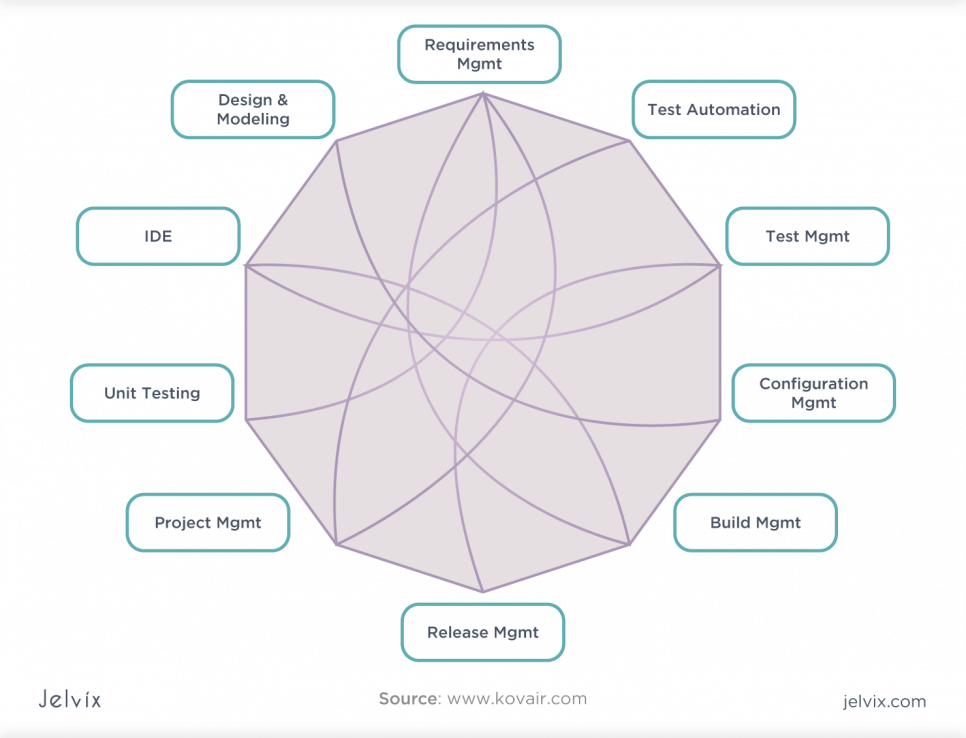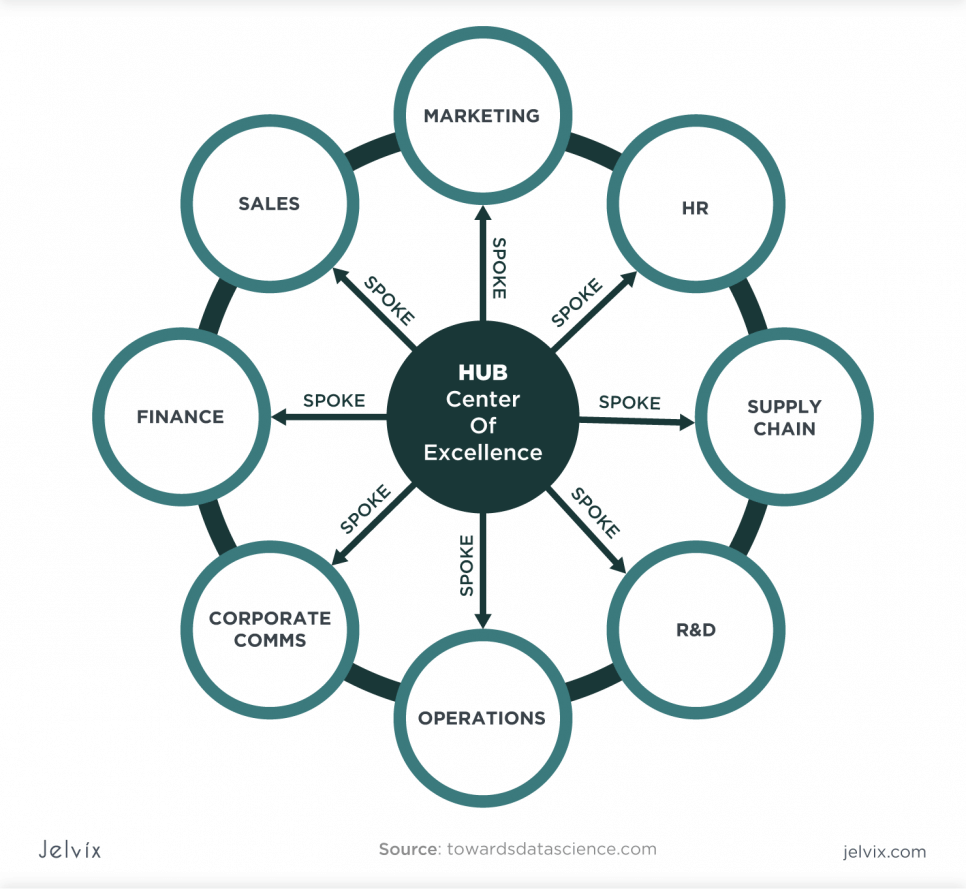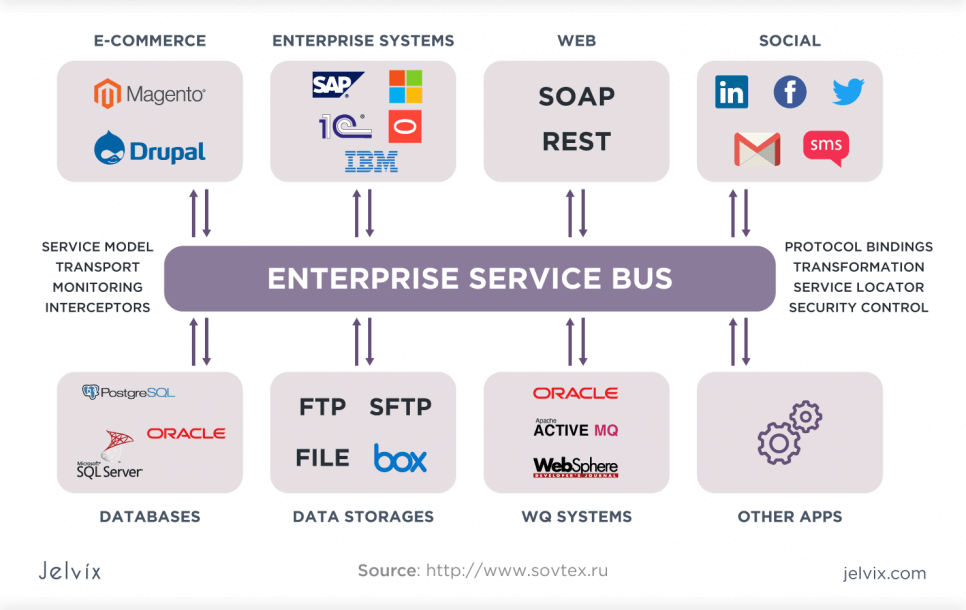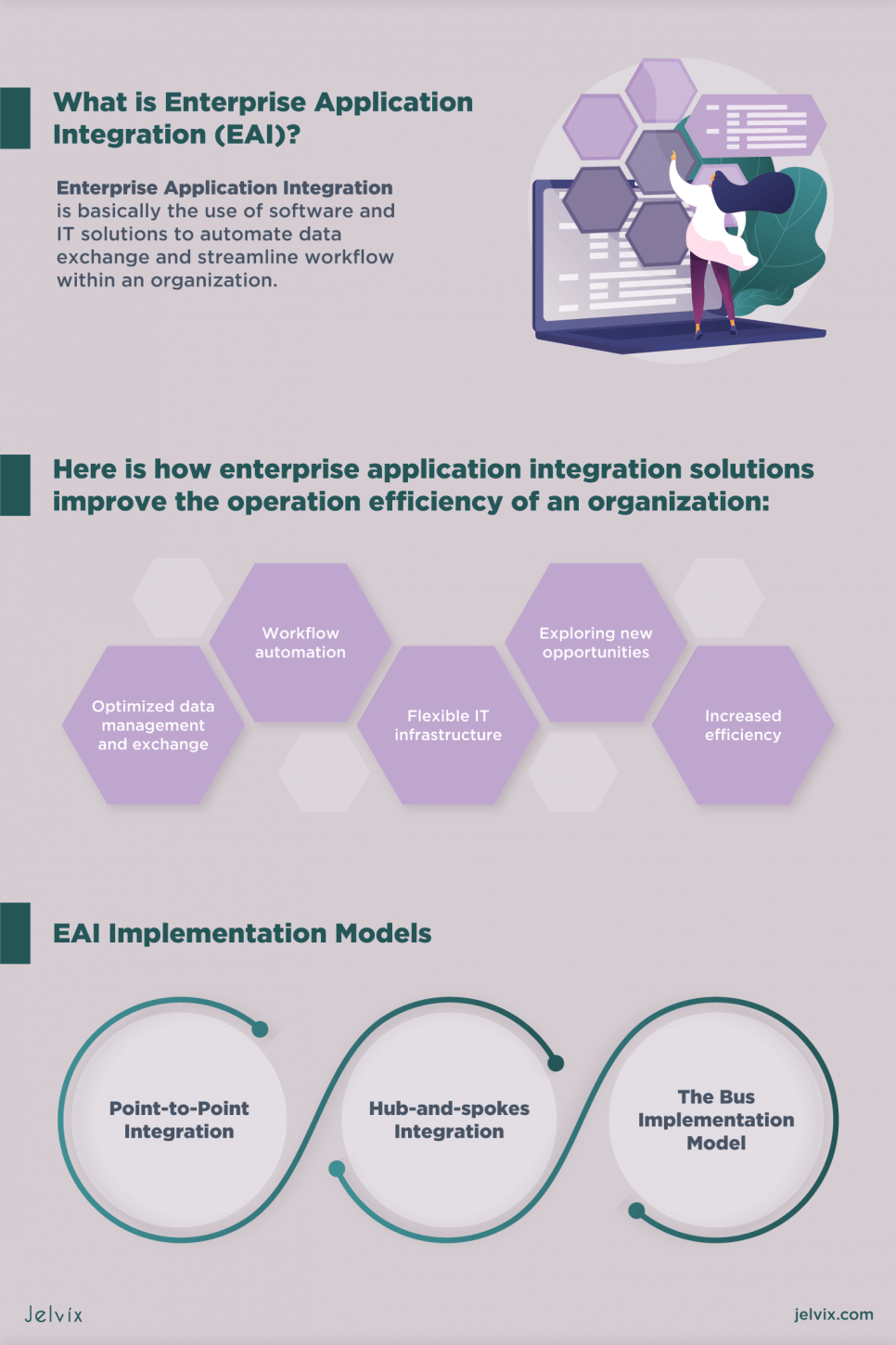Organizations employ various enterprise applications to facilitate seamless communications and collaboration between different departments to improve efficient business operations. Every business depends on a good number of these applications to smoothen business processes.
For small businesses, software applications such as the customer relationship management system, supplier relationship management system, billing system, accounting system, and a few others may be all they need to run a smooth and productive business enterprise.
But as an organization grows and expands, the number of enterprise applications required to maintain a decent degree of operations efficiency and productivity increases exponentially.
To optimize data exchange and streamline operations, large business organizations implement diverse enterprise application systems. Consequently, manual information integration becomes much slower, with poor access to vital information slowing down business processes and invariably affecting productivity.
This problem stems from the lack of automated communication and data exchange between the enterprise application systems, and the solution is EAI.
What is Enterprise Application Integration (EAI)?
Enterprise Application Integration is basically the use of software and IT solutions to automate data exchange and streamline workflow within an organization. As the business grows, the flow of activities and business processes within the organization can quickly become complex and chaotic due to the rising number of software applications used to manage data simultaneously.
And without proper data and information management within the organization, efficient data exchange will become increasingly difficult. This complexity will invariably affect the entire operation, thus slowing down business processes.
A solution to this problem is using an Enterprise Application Integration architecture to synchronize different business processes and optimize data management to achieve a unified platform that improves consolidated functionality and streamlined processes within the organization.
To further facilitate streamlined business operations, EAI implementation introduces a highly flexible structure to an organization, so companies can quickly include or exclude processes to adapt better to the continually changing market trends and stay relevant and competitive.
The structure of EAI systems is an integration of several software applications providing different functionalities to facilitate the day-to-day activities of businesses. The EAI is a system that essentially optimizes operational efficiency in every aspect of an organization, encourages growth, and completely transforms a business.
What Does EAI Mean for Your Business?
Businesses use tons of different software and third-party applications to facilitate activities on their platforms. Initially, this works beautifully well, but as the number of software applications and the volume of data increases, it creates a problem of its own.
Since the advent of EAI for harmonizing software and applications infrastructure, the way businesses operate has changed tremendously, and companies have seen incredibly exponential growth.
Here is how enterprise application integration solutions improve the operation efficiency of an organization.
- Optimized data management and exchange: the departments that make up a business organization depend on the seamless and timely flow of data and information for efficient operations. A breakdown in this system can result in a significant loss of revenue. However, a robust EAI system automates the exchange of data and information to facilitate business operations.
- Workflow automation: similar to automated data exchange, the EAI system automates workflow to improve business processes.
- Flexible IT infrastructure: every organization has individuals with specialized skills for handling specific tasks. However, there can be an overlap in certain areas that can create a skill gap. For instance, there could be a situation that will require a communications expert to step up and perform some technical tasks. With EAI, integrated software with an intuitive interface and functionality enables various organization members to quickly acquire the necessary IT skills to facilitate operations.
- Exploring new opportunities: EAI enables businesses to react quickly to the new market trends and explore new opportunities. With this, companies can improve their competitive advantage, stay relevant to the market and drive growth.
- Increased efficiency: when properly implemented, a business integration strategy can be a game-changer for organizations. In addition to facilitating streamlined operations and increased efficiency, it also monitors individual employees’ performances for rewards and incentives to boost performance further.
EAI Implementation Models
Traditional EAI Approach: Point-to-Point Integration
The very first EAI system developed is the point-to-point model, which is also the most basic enterprise applications integration model there is. The point-to-point system works well for a small number of applications, as the system is designed in such a way that there are direct connections from one application to the other.
To share information, a script would extract and modify data from one application and send it to another, thus facilitating the interconnection and smooth flow of data and information between various applications.
Point-to-point systems will efficiently manage interactions between a few data sources and applications. But as the number of applications increases, the originally simple system begins to get very complex and more difficult to maintain, with maintenance cost quickly becoming unbearably high.
Companies that rely on the point-to-point integration model outgrow the system eventually, and when that happens, the system gets abandoned.
The major problem with the point-to-point enterprise integration strategy is that every connector linking one component to another has to be developed and managed independently. Therefore, in an infrastructure with a large number of components, the system is almost unmanageable.
Advantages of the point-to-point model:
- Integrating the point-to-point system is relatively fast and easy; it’s also a reliable EAI system for organizations with only a few services;
- The system is also relatively inexpensive when used for coordinating a small number of components;
- It also offers a great deal of flexibility due to the addition of an abstraction level (API).
Limitations:
- This model is difficult to scale because when a new component is added, the APIs of every other component that will connect to the new component will have to be changed;
- Processing a large number of requests will quickly overwhelm the system and decrease efficiency;
- Integrating too many services complicates the system, and the management and maintenance of this complex architecture are very difficult.
Hub-and-Spokes Integration
The Hub-and-Spokes EAI implementation method was developed to overcome the problems associated with the point-to-point system.
Unlike the point-to-point approach, where every component connects to another via an individual connector, the Hub-and-Spokes model has a central component that is solely responsible for integrating other components and facilitating the connections and functionality of every other component.
This central system is called the Hub, while the adapters through which data and messages are interpreted and transferred to the appropriate channels are Spokes.
The Hubs-and-Spokes method efficiently integrates different services of an organization while eliminating the fragile intricacies of the point-to-point system. The Hubs EAI method also offers a great deal of flexibility because by changing the configuration of the EAI provider, parts can be added and removed to meet specific needs.
Although this EAI architecture appeared to have great potential, it regrettably did not work as well as envisioned, so the integration projects based on this model implemented in several companies failed.
Here’s are some of the reasons why that happened:
- By having a common integration point, the system had a single point of failure, and a problem with a single component affected the entire system;
- An overload in the central component completely disrupted the overall performance of the system;
- The early Hubs-and-Spokes solutions were proprietary and expensive, and they lacked clear standards.
The Bus Implementation Model
Similar to how the point-to-point system was improved, due to its limitations, to get the Hubs-and-Spokes integration system, the Hubs-and-Spokes model was also improved, and a new EAI implementation model was developed. The improved version of the Hubs-and-Spokes system is an architectural model called the Enterprise Service Bus (ESB) or simply the bus model.
Like the Hubs-and-Spokes method, the ESB also has a common component; however, the use of Spoke adapters to disperse information from the central hub was eliminated and replaced with a more robust system that efficiently coordinates the consolidated tasks of a significant number of diverse applications within the network.
The ESB model depends on the Service-Oriented Architecture (SOA), which is a software model for implementing interconnectivity to facilitate communications between various dissimilar applications in a network. One outstanding feature of the ESB model is the indirect connections between applications, and this permitted the development of simple and highly specified applications.
Core Functionalities Of ESB-oriented Architecture
There are several different ESB products available today, and each product has its unique features. However, at the very core, all ESB implementation models are geared towards making integration a simple and easy process, and all these systems have the same basic features.
You can identify an EAI implementation model as ESB if it has the following core functionalities:
- Location Transparency: decouple consumers from service providers and configure message endpoints so that consumers will not need the details of a service provider to receivers messages;
- Orchestration: integrate several steps in the workflow into a single reusable service;
- Message transformation: transform messages to a format that the receiver will easily understand;
- Transport Protocol Conversion: accept messages from different known protocols and convert them to the format required by the end consumer;
- Security: ensure that transmitting messages and manipulation of data are done safely and securely while also protecting services from unauthorized access;
- Message Routing: be able to interpret messages based on pre-configured rules and redirect them to the appropriate end consumers;
- Message Enhancement: make certain changes or add missing data in incoming messages before delivery;
- Monitoring and Administration: simplify the process of managing and monitoring the performance of the system’s components.
When Use ESB?
Every EAI model that has ever been developed has its specific use intent with its strengths and, of course, some limitations. However, you can only get the best out of an integration solution when the implementation matches the user intent. With this in mind, the ESB model will perform best when applied in an environment that complements its functionality.
Here are some ideal use cases for an ESB:
- ESB is great for consolidating multiple communication protocols, including managing varied data formats;
- ESB provides secure and reliable connections for integrating more than two applications or services for streamlined operations. It also works great for integrating an external service platform;
- When you have to add new services or upgrade applications frequently, the ESB has the flexibility to accelerate these changes;
- ESB is also great for integrating industry-specific protocols into your systems;
- ESB offers a secure and reliable way to exchange messages between different data sources and locations quickly.
Why You Should Use an ESB: Benefits and Limitations of ESB
With the global digitalization trend constantly on the rise, companies have to frequently integrate new digital technologies into their business to meet customers’ dynamic needs to compete effectively.
This integration requires a secure and reliable enterprise application integration model, and the ESB provides the appropriate architecture for seamlessly incorporating several different tools and software applications into your system.
One of the benefits of adopting the ESB model is its flexibility and ability to connect multiple applications. The ESB architectural model provides the flexibility required to integrate tools like CRM, SRP, ERP, etc., with pre-built adapters that facilitate unique customization.
And although it incorporates many separate applications, the ESB will allow you to manage and maintain the systems from a central point. Despite its diversity, a centralized management dashboard simplifies troubleshooting and maintenance.
This is also a major limitation of the bus model; the system is a single point of failure due to its central configuration. However, modern ESB models deal with this problem by leveraging microservices where each integration component has an independent process.
This removes the risk of a single failure point that can break down the entire system. Therefore, if one component fails, the entire system doesn’t go down with it.
Learn more about the main stages of product development lifecycle to build a sustainable product.
FAQs on EAI Systems
What is an Example of Application Integration?
An example scenario of application integration is what happens in manufacturing companies. Companies with big manufacturing plants simultaneously use hundreds of devices to keep track of every step of the production line.
To streamline the process, the devices are connected to other systems that control the manufacturing environment, and all applications are integrated into the enterprise software. This provides access to real-time data and gives valuable insights that help mitigate problems and optimize productions.
What is Mobile Application Integration?
Mobile application integration is the consolidation of different applications and devices for optimized data exchange and seamless workflow. By integrating mobile apps with POS, CRM, or CMS, you can improve business operations efficiency, productivity and get better results.
What is Application Integration Middleware?
Middleware is software that facilitates the integration of services by acting as a bridge between different applications, tools, or databases. Middleware basically acts as the glue that binds distinct applications. Application integration middleware connects different applications and operating systems while also facilitating communications and data exchange between integrated applications.
Do we Need ESB for Microservices?
Not necessarily. The ESB plays an important role in coordination, integration, routing, and monitoring business operations. On the other hand, microservices focus on developing a single application with a set of small services. However, microservices and ESB are perfectly compatible, and they can both complement each other.
Wrapping Up
Using individual enterprise applications for your business means collecting data manually and inputting it into other applications since there is no direct or automated communication between the software applications.
Not only is this a tedious task, but data modifications and manual transfer mean reduced productivity, not to mention the high risk of human errors leading to business inefficiencies.
With a data integration strategy, organizations can integrate each standalone application into their enterprise software to streamline business processes and eliminate the inconveniences of manual data handling. Enterprise application integration patterns have evolved over the years, and the leading integration system is the modern ESB in combination with microservices.
Need a qualified team of developers?
Scale your development capacity with top-level expertise and resources.


